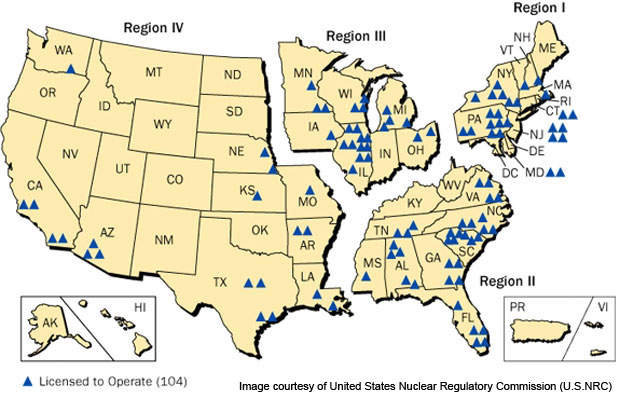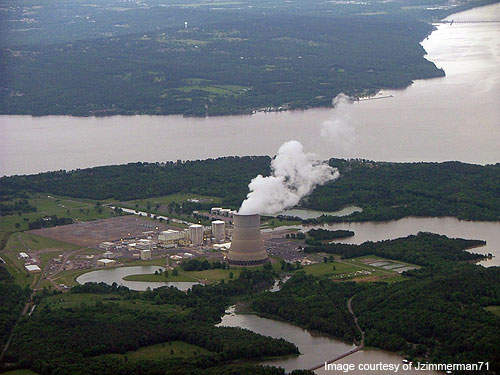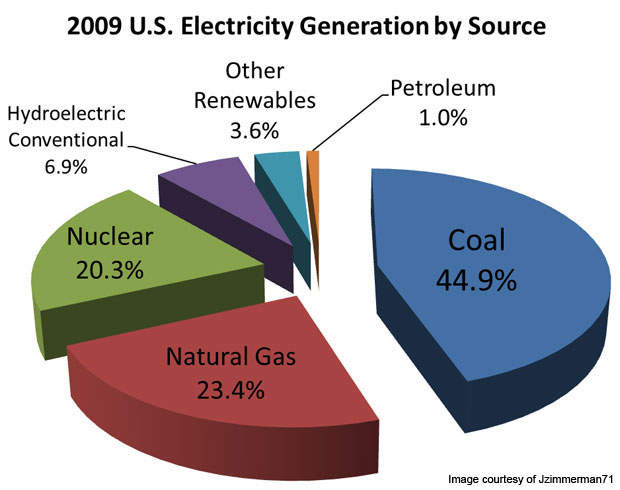Arkansas Nuclear One (ANO) is a two-unit pressurised water reactor (PWR) power plant located in the west of Russellville in Pope County, Arkansas. It is owned by Entergy Nuclear and operated by Entergy Arkansas. It is the state’s only operational nuclear power plant.
The nuclear power plant has two units. Production capacity of the two units is 1,776MW. Unit 1 and 2 are licensed till 2034 and 2038 respectively.
ANO electricity provision
ANO provides electricity to 25% of the state’s population and contributes more than half of the electricity sold by Entergy. It is the first nuclear plant to voluntarily adopt (in 1991) the federal occupational safety and health administration’s protection programme.
In 2001, the company voluntarily capped ANO’s carbon emissions to 2000 releases. It cut carbon gases emission by 17.5% to 43.9mt in 2008.
On 28 December 2009 ANO completed 38 years of production.
US nuclear development
During the 1950s and 1960s many nuclear plants were built in the US, as nuclear energy was considered the cleanest and most efficient source of power.
The ANO plant, built near Lake Dardanelle, is one such plant. Spread over a 1,100-acre site, the area was selected in 1967 due to the easy availability of water, and good access to rail and road transport.
A 150ft shale and rock layer 20ft underneath the proposed site provided a solid foundation and reduced initial foundation construction work.
The ANO plant has a six-storey hyperbolic cooling water tower which uses water from nearby 34,300-acre Lake Dardanelle.
Engineering at Arkansas Nuclear One
The ANO reactors were engineered by Bechtel Power, an engineering and construction company.
The Unit 1 nuclear reactor was built by US-based Bablock & Wilcox Energy and the generator was supplied by Westinghouse, a US-based electric company.
The Unit 2 reactor was manufactured by US-based Combustion Engineering and the generator was supplied by General Electric.
ANO nuclear reactors
ANO’s Unit 1 went on-line in May 1974. Initially, it had a generation capacity of 836MWm which increased to 846MW in early 2000. Unit 1 generates about 6.78 million megawatt hours of energy at 91.2% capacity. The licence, due to expire in 2014, was extended up to 2034 by the US Nuclear Regulatory Commission in June 2001.
Unit 2 was added to the plant in 1978 and it became operational in 1980. The capacity of Unit 2 was also upgraded from 858MW to 930MW. It ranked among the world’s highest capacity utilisation units in 2008 when it reached an average utilisation capacity of 92%. It produced 8,055 million kilowatt hours that year. Unit 2 now has a licence until 2038 after being extended by 20 years in 2003.
Both the units are pressurised light water reactors.
Nuclear power market
According to the US Government’s 2008 estimates, Arkansas ranked 19th in nuclear capacity and 20th in nuclear power generation. As of 2007, 47% of electricity in Arkansas was produced through coal and 28% from nuclear energy. The rest was contributed by natural gas (15%), hydroelectric (6%) and others (3%).
Most of the reactors in the US are more than 30 years old and no new construction is underway. Yet the country continued to rely more on nuclear power with an increase from 251 billion KWh in 1980 to 809 billion KWh in 2008. That is more than 30% of electricity produced through nuclear power plants.
To maintain the momentum, the Nuclear Regulatory Commission (NRC) has concentrated on more efficient utilisation of the existing capacity through proper maintenance and safety systems. This is being achieved by renewing the licences at the existing nuclear plants.
By 2009, NRC had extended the licences of 59 reactors – more than half of all reactors in the US. Licences for about 90 reactors are expected to be renewed in the next 60 years. This might prompt owners to invest in upgrade of their plants during the next 30 to 40 years.






